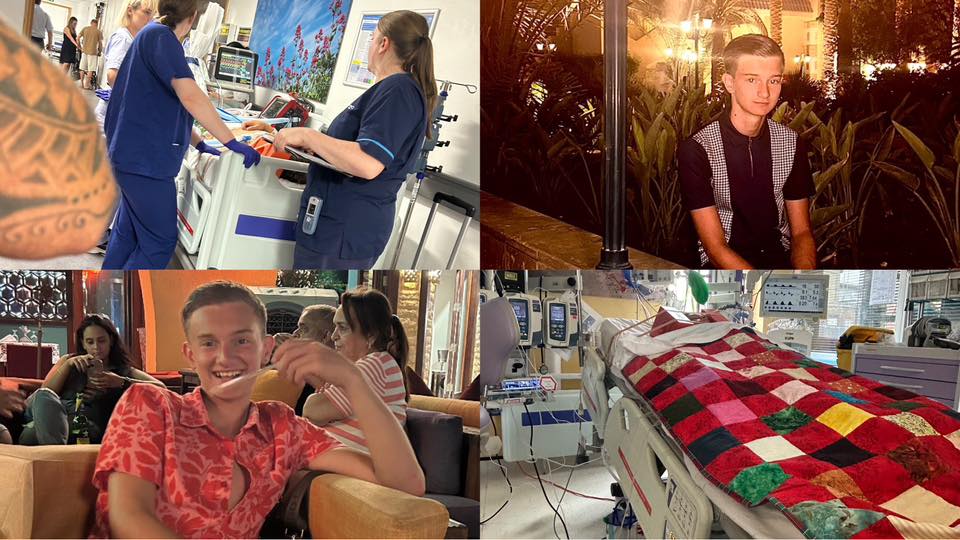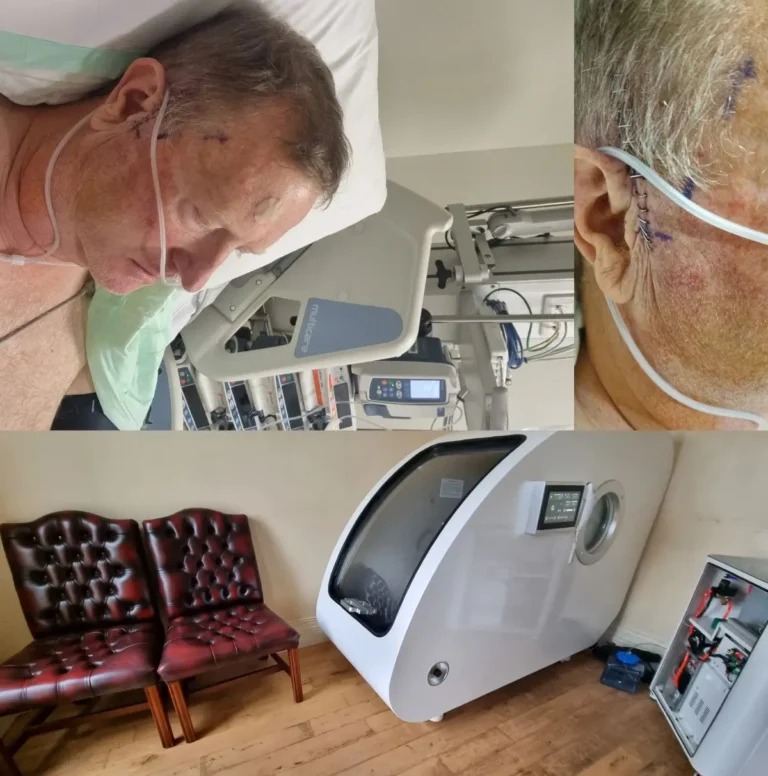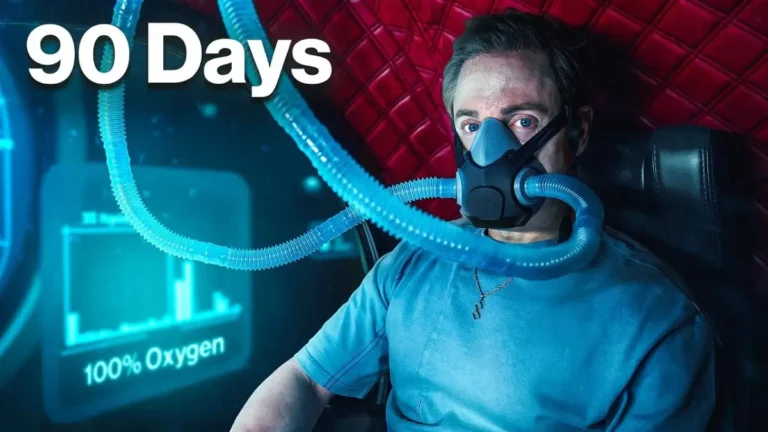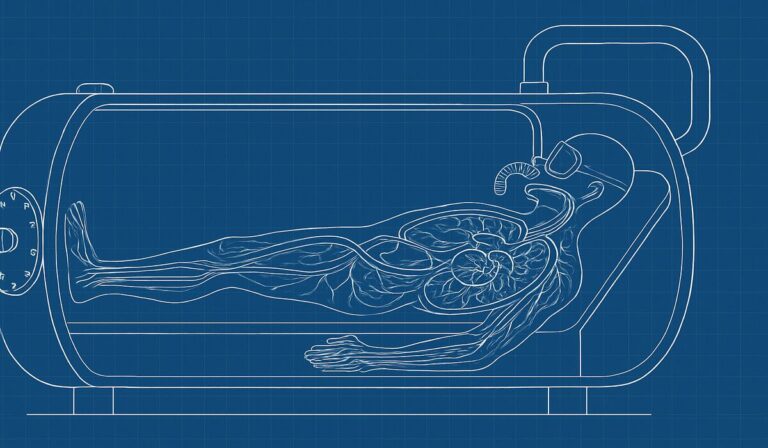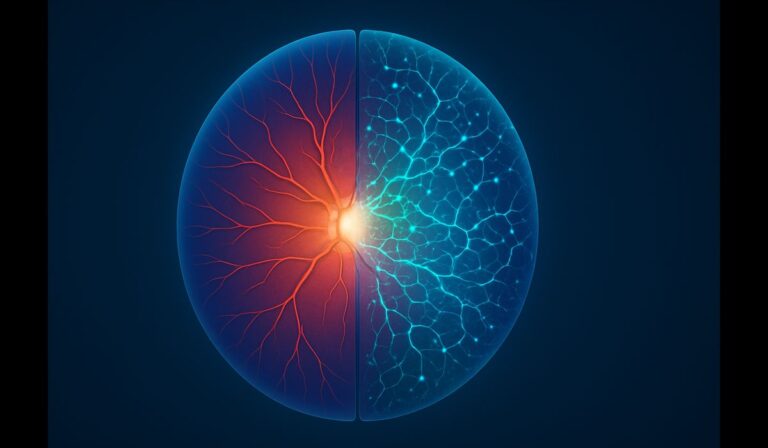- Jack Dolan shows significant progress after catastrophic brain injury from pier jump accident.
- Family claims community healthcare providers are failing to provide adequate rehabilitation support.
- Parents fund private hyperbaric oxygen therapy they believe is key to his ongoing recovery.
A Kent family is fighting for improved care for their 15-year-old son who suffered severe brain damage after jumping from a seaside pier last year, while crediting hyperbaric oxygen treatment with his remarkable progress so far.
Jack Dolan was left “braindead” following what his family describes as a horrific accident in Margate nine months ago. According to a recent report by Isaac Crowson of the Daily Mail, the teenager has shown surprising signs of recovery, including the ability to talk, laugh, and respond to his surroundings, despite initial predictions that he should not have survived the incident.
A Family’s Fight for Better Care
The Dolan family has publicly criticized what they claim is inadequate support from Medway Council and Medway Community Healthcare since Jack returned home in January. His stepfather, Dave Dolan, expressed their frustration with the current level of care.
“We want better care for Jack. We will go to Parliament. We want a change in his condition and how he is cared for,” Dave Dolan told reporters. “It’s heartbreaking. There’s nowhere near enough help. It’s terrible. They’re not helping him enough. The community care team are leaving him to bed-rot.”
The family’s concerns center around what they perceive as stalled progress in Jack’s rehabilitation. According to his stepfather, Jack showed promising improvement during the initial months of his recovery but has since plateaued due to what the family believes is insufficient support from local healthcare providers.
“He was doing so well. That progress has stagnated now. That’s through a lack of help from the council,” Dave Dolan explained. “He should be starting his GCSEs and doing the paperwork for the Royal Marines. Instead, he is learning to walk and talk again. Well, he’s not, because he’s not getting the help he needs.”
What is Hyperbaric Oxygen Therapy?
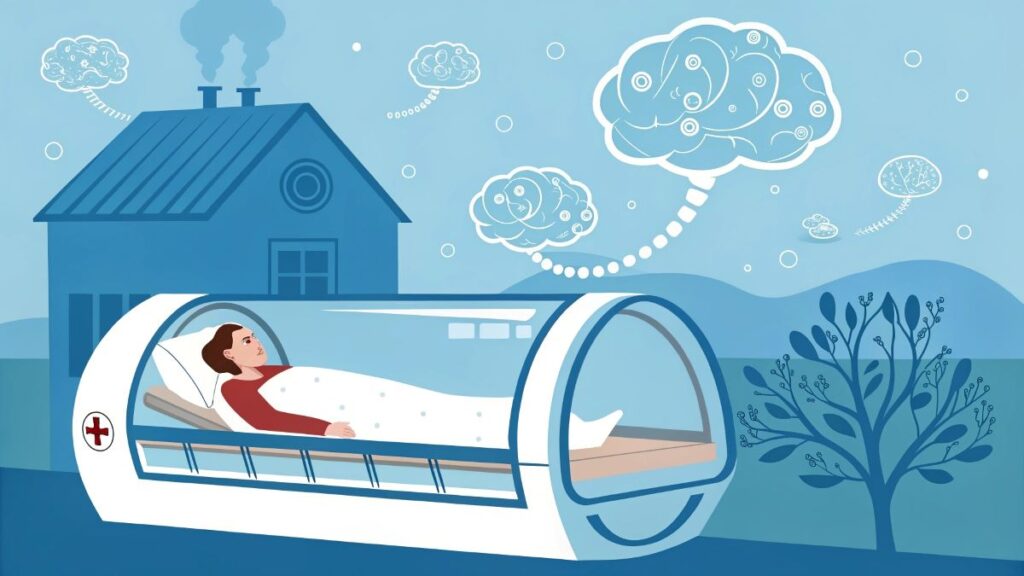
The family credits hyperbaric oxygen therapy (HBOT) with Jack’s recent progress. This specialized treatment involves breathing pure oxygen in a pressurized chamber to increase oxygen levels in the blood and tissues, potentially promoting healing in damaged areas of the body.
While not universally recognized as a standard treatment for brain injuries by all medical authorities, some research suggests HBOT may help certain patients with traumatic brain injuries by reducing inflammation and promoting tissue regeneration.
For example:
- A 2023 randomized controlled trial found that both hyperbaric oxygen therapy (HBOT) and normobaric hyperoxia (NBH) improved cognitive outcomes in patients with mild traumatic brain injury, with HBOT showing superior results. [1]
- A 2024 systematic review indicated that HBOT might reduce symptoms of post-traumatic stress disorder (PTSD) in individuals with traumatic brain injury, suggesting potential benefits for mental health. [2]
- A 2024 study highlighted that HBOT in moderate-to-severe traumatic brain injury may help minimize death and reduce overall disability in the long term. [3]
The therapy works by dramatically increasing the amount of oxygen delivered to tissues throughout the body, including the brain. During treatment, patients breathe 100% oxygen (compared to the 21% oxygen in normal air) while inside a chamber where the atmospheric pressure is increased to up to three times normal levels. This combination allows the blood to carry significantly more oxygen to organs and tissues.
Why might this matter for brain injury? When brain tissue is damaged, increased oxygen availability may help support cellular repair processes and reduce secondary damage that can occur after the initial injury.
A Private Medical Journey
Unable to secure the treatment through the National Health Service due to its high costs, the Dolans have turned to private care funded through donations. They have installed a hyperbaric chamber in their home in Rainham, Kent, investing thousands of pounds in what they believe is transforming their son’s life.
Video footage shared by the family shows Jack using the chamber, with his parents documenting his progress on social media.
Their TikTok page has garnered millions of views from supporters around the world, helping to boost fundraising efforts for his continued treatment.
“Thank God for the oxygen therapy. It’s been a huge help,” Dave Dolan said, emphasizing their belief in the treatment’s effectiveness despite its limited availability through standard NHS care pathways.
The family maintains realistic expectations about Jack’s future while remaining hopeful about his potential for significant improvement with the right interventions.
“We’re realistic. There’s always going to be a level of disability. But the next 18 months are crucial. It could change everything,” his stepfather explained. “With the right help, we think he could be walking and talking in his 20s.”
The Incident That Changed Everything
Jack’s life changed dramatically during what should have been a routine day out with friends on June 23 last year. According to reports, the teenager, who attends the Howard School in Medway, was with his girlfriend and several friends when he performed a “flip” off Stone Pier in Margate – an activity commonly known as “tombstoning.”
The practice of jumping from height into water, often from cliffs, bridges, or piers, has been associated with numerous serious injuries and fatalities in the UK over the years. Safety organizations regularly warn about the dangers, which include risks of hitting submerged objects, cold water shock, and injuries from impact with the water surface.

Jack, who has ADHD and according to his parents “was known to act before thinking,” had performed similar jumps many times before, including during a family holiday in Egypt. On this occasion, however, he landed head-first on the water’s surface and was knocked unconscious.
After initially floating face down, Jack sank and remained underwater for approximately eight minutes before being rescued by a kayaker who dived down to retrieve him. The extended period without oxygen resulted in severe brain damage that medical professionals initially suggested would be fatal.
How does the human brain respond to oxygen deprivation?
When the brain is deprived of oxygen for extended periods, cells begin to die rapidly, potentially causing permanent damage. The severity and location of this damage determine what functions may be affected – from movement and speech to cognition and emotional regulation.

Healthcare Response and Continuing Conflict
Both healthcare organizations involved in Jack’s care have responded to the family’s concerns. A Medway Council spokesperson stated they have contacted Jack’s mother to better understand their issues and will be bringing forward a review of his social care plan, which was originally scheduled for later this month.
“We will also be arranging a multi-disciplinary meeting with partner agencies to discuss the wider support that may be required in addition to social care,” the council representative added.
Tracy Webb, Assistant Director of Children’s and Planned Services at Medway Community Healthcare, defended their approach to Jack’s treatment:
“We are providing regular appointments for Jack Dolan based on his clinical needs. These meet national guidance and advice about recovery and ongoing care following a serious brain injury.”
Webb further stated that they are working to make Jack’s care “as consistent, patient-centered and flexible as possible” and are in communication with the family regarding their concerns.
This disagreement highlights a common tension in healthcare systems worldwide – the gap between what families believe their loved ones need and what publicly funded healthcare services can or will provide based on established protocols and available resources.
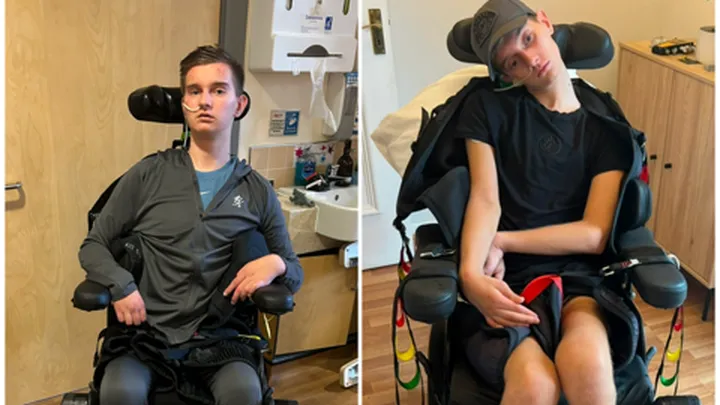
The Science Behind Brain Injury Recovery
Brain injuries, particularly those resulting from oxygen deprivation (hypoxic-ischemic brain injury), present complex challenges for medical treatment and rehabilitation. The brain’s ability to recover – known as neuroplasticity – varies significantly between individuals and depends on multiple factors including the patient’s age, the severity and location of the injury, and the timing and intensity of rehabilitation efforts.
Young patients like Jack often show greater capacity for recovery than adults with similar injuries due to the enhanced neuroplasticity of the developing brain. This biological advantage, combined with intensive rehabilitation, can sometimes lead to surprising improvements even in cases initially considered hopeless.
The recovery process typically follows a pattern where the most rapid improvements occur in the first six months after injury, with continued but slower progress possible for up to two years or longer. This timeline aligns with Dave Dolan’s emphasis on the importance of the next 18 months for Jack’s recovery potential.
Standard rehabilitation approaches for brain injury patients typically include physical therapy, occupational therapy, speech therapy, and cognitive rehabilitation. These evidence-based interventions aim to rebuild neural pathways and restore function through repetitive, targeted exercises and activities.
Alternative or complementary treatments like hyperbaric oxygen therapy remain controversial in mainstream medicine, with mixed evidence regarding their effectiveness for brain injury.
While some studies suggest benefits, others show limited or inconsistent results, leading many public healthcare systems to classify them as experimental rather than standard care.
What determines which treatments receive public funding?
Healthcare systems must balance evidence of effectiveness, cost considerations, and resource allocation across numerous competing needs when deciding which treatments to offer as standard care. Treatments with strong, consistent evidence of benefit typically receive priority over those with limited or conflicting data.
Community Support and Advocacy
The Dolan family’s campaign for improved care represents a common pattern seen in cases of serious injury or illness – families becoming advocates and experts in their loved one’s condition, often pushing boundaries of standard care in pursuit of recovery.
Their use of social media to document Jack’s journey has not only helped with fundraising but has created a community of supporters invested in his progress. Such public engagement can be powerful in raising awareness about both specific cases and broader issues in healthcare provision.
Last year, the family launched a GoFundMe campaign to equip a new home with specialized equipment Jack requires for his ongoing care. This form of crowdfunded healthcare has become increasingly common for families facing expenses not covered by public systems, particularly for treatments considered experimental or complementary.
Jack is currently cared for primarily by his parents, Dave and Lisa Dolan, along with his sisters Faith and Grace, ages 10 and 9. This family-centered approach to care represents both the dedication of families in such situations and the reality that much of the day-to-day support for patients with complex needs falls to relatives rather than professional caregivers.
Looking Forward: Questions of Care and Recovery
The conflict between the Dolan family and local healthcare providers raises important questions about the boundaries of publicly funded care and the role of alternative treatments in recovery from catastrophic injury.
For families like the Dolans, the distinction between “experimental” and “proven” treatments can seem arbitrary when they observe improvements they attribute to interventions not available through standard care pathways. Their experience highlights the sometimes painful gap between what medical systems consider appropriate care based on population-level evidence and what individual families perceive as beneficial based on their intimate knowledge of their loved one.
As Jack continues his recovery journey, his case exemplifies both the remarkable resilience of the human brain and the challenges of navigating complex healthcare systems after life-altering injury. The coming months will be critical in determining the extent of his potential recovery, with his family committed to advocating for what they believe is the most effective approach to his rehabilitation.
Whether Jack’s story ultimately influences broader policy around brain injury care remains to be seen, but his family’s determination to share their experience has already brought attention to the challenges faced by those recovering from severe traumatic injuries and the potential role of treatments not currently standard in NHS care.
